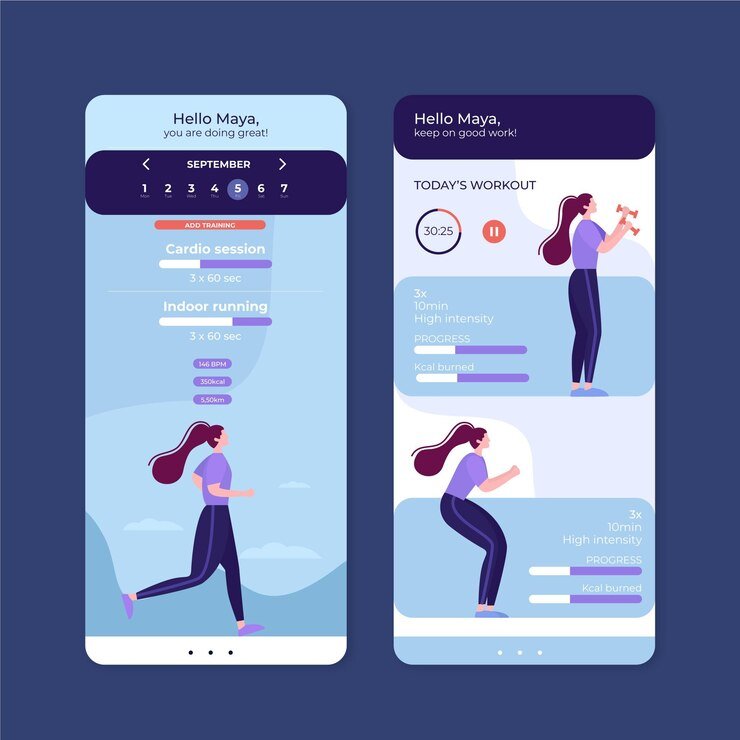Android UI & UX Design

Some Important Key Factor That Should Keep in Mind
- White Space
- Typography
- Imagery
- Colours
- UI Elements
White Space
Margins
To ensure consistent margins around content, use
grids and key lines. More on this later. Include margins in your
symbols; for example, if your card always has an 8dp margin around
it, include it with the symbol.
Paddings
In Sketch, create fixed padding
symbols and use resizing constraints.
Create a button with fixed paddings so that no matter what text is inside the button, the padding around the text remains consistent. This plugin was used to create fixed padding buttons.
Typography
Try to keep the number of text styles to a minimum and strictly
adhere to the use of text styles.
Name your text styles
logically — for example, I use the naming template “font
size/color/weight/primary-secondary-disabled.” Text styles with
the same font sizes are grouped in this way, and text styles with
the same colour are always grouped together in the list. This
allows me to quickly locate and apply a text style to some text.
Sizes and colours should be checked for readability.
For
readability, check the character spacing and line height.
Examine the design for both long and short text cases. Also,
provide potential solutions for exceptions. For example, while
decreasing font size may be a solution for long text in some
cases, truncating with ellipses may be more appropriate in others.
Define where each case should be used — title case, sentence
case, all caps, and so on. And, unless you want something to stand
out, be consistent with it.
Check for grammatical,
punctuation, and spelling errors again.
‘Lorem Ipsum’ should
not be used. You can use placeholder text in symbols and
wireframes, but not in deliverable assets. The copy of the UI is
as important as any other element in the design.
Questions about service
Android UI & UX Design refers to the process of creating user interfaces and experiences for Android applications. It involves designing intuitive and visually appealing interfaces that enhance user interaction and satisfaction on Android devices. UX design focuses on understanding user behavior and preferences to create seamless and enjoyable experiences, while UI design focuses on the visual aspects of the interface, including layout, typography, colors, and interactive elements.
Effective Android UI & UX Design is essential for the success of mobile applications. It helps in improving user engagement, retention, and overall satisfaction with the app. Well-designed interfaces enhance usability, make navigation intuitive, and contribute to a positive user experience, leading to higher app ratings, increased downloads, and user loyalty.
Some important principles of Android UI & UX Design include: 1. Consistency: Maintain consistency in design elements, layout, and navigation throughout the app. 2. Simplicity: Keep the interface simple and clutter-free to minimize cognitive load and enhance usability. 3. Accessibility: Ensure that the app is accessible to users with disabilities by following accessibility guidelines and standards. 4. Feedback: Provide visual and interactive feedback to users for their actions to enhance user engagement and understanding. 5. Performance: Optimize app performance and responsiveness to deliver a smooth and seamless user experience.
